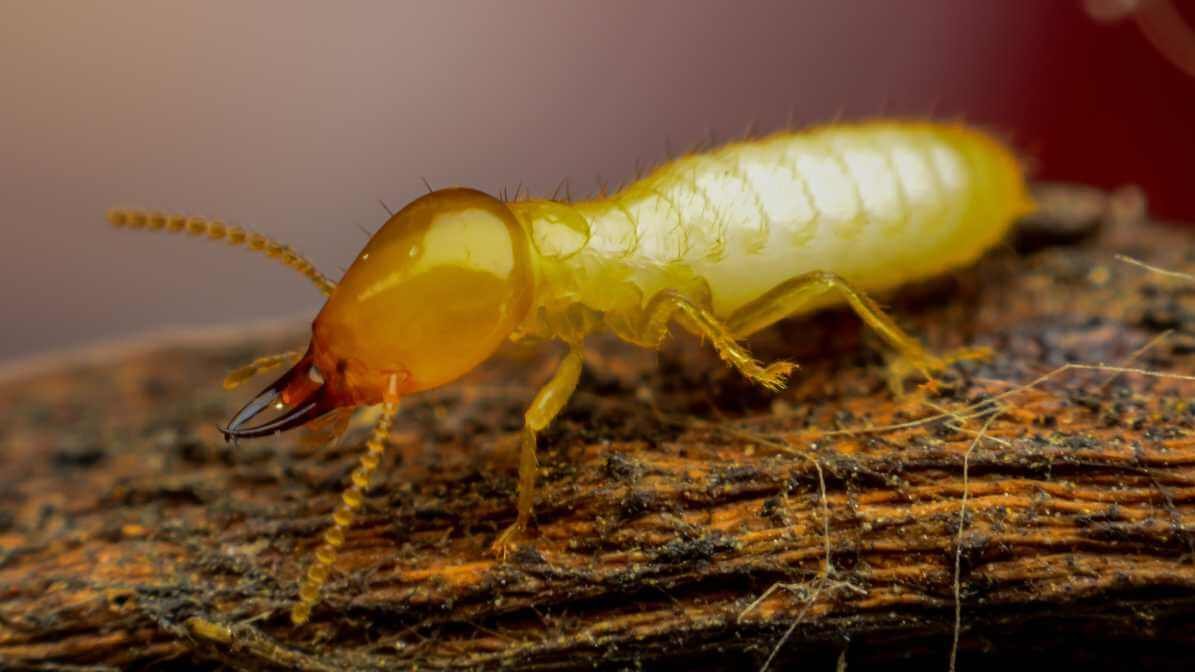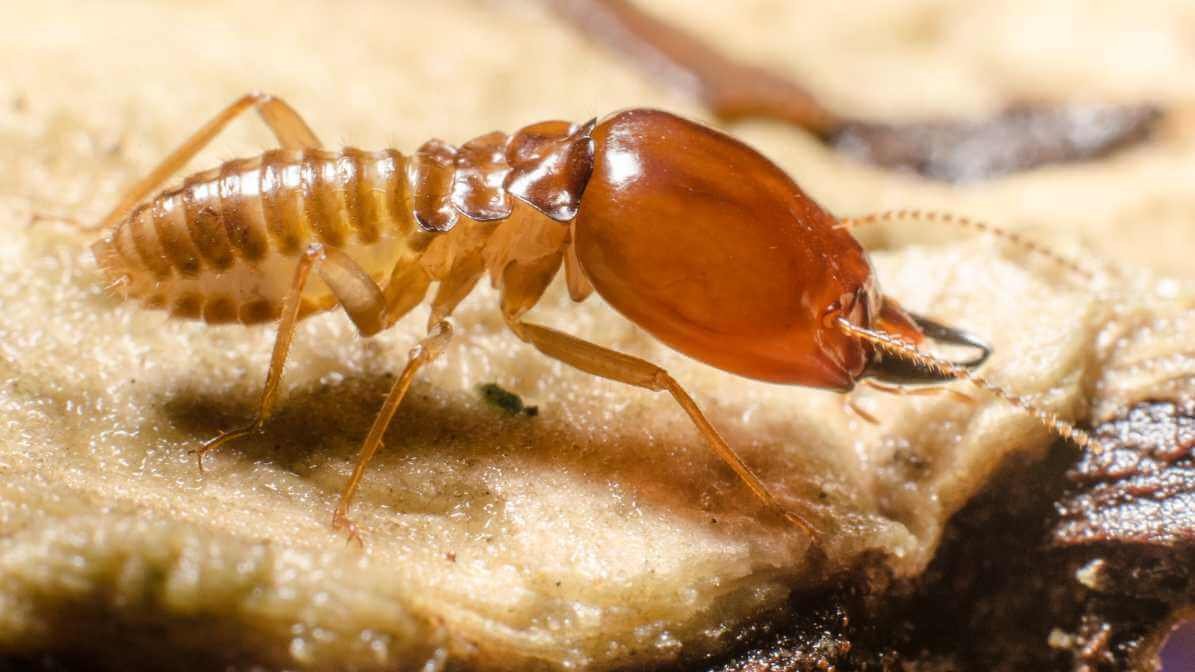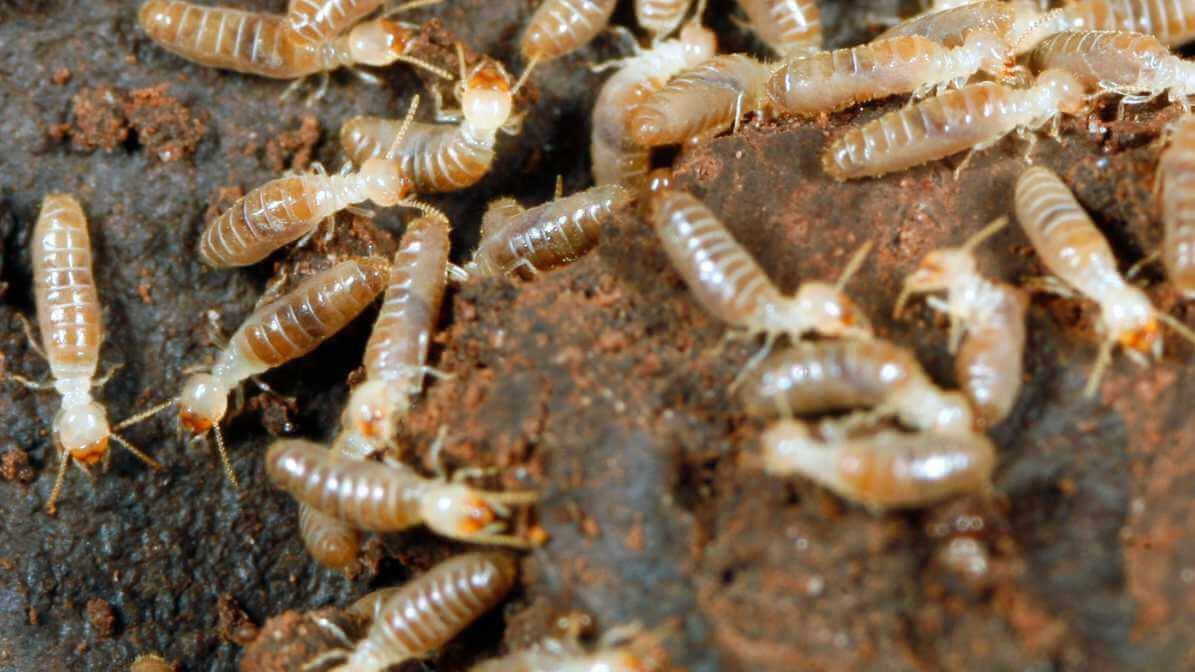Get in Touch With Us
With proper knowledge of the different termites species, including their infestation habits and the intrinsic caste system within colonies. Owners can take proactive measures to prevent and manage infestations.
Most Common Termite Species in Malaysia
A Guide to Termites
Species in Malaysia
Termites are fascinating social insects that play critical ecological roles. Particularly in decomposing dead wood and recycling nutrients back into the soil. Their ability to break down cellulose, found in wood and plant matter, makes them invaluable to forest ecosystems. However, this same ability can lead to significant structural damage when they infest wooden structures in and around homes.
In Malaysia, various species contribute to both ecological health and potential property damage. We provide a comprehensive overview focusing on the different termite colony, species found in Malaysia. Their behaviours, the impact on wooden structures, and effective control methods.
URGENT RESPONSE
The Lifecycle, Dietary & Habitat
The Caste System of Termites
They operate within a complex caste system comprising three primary castes: workers, soldiers, and reproductives. Understanding this caste system is essential for comprehending their behaviour and colony dynamics.
Workers
The primary role of worker termites is to gather food, maintain the nest, and care for the young. They make up the majority of the colony and are responsible for foraging wood. Which is critical for the survival of the colony.
Soldiers
Soldier termites protect the colony from predators, such as ants. They have larger mandibles for defence and are typically sterile. Their presence is essential for the colony’s survival, especially regarding potential threats.
Reproductives
The caste includes the king and queen with a primary job to reproduce and help the colony survive. The queen can lay thousands of eggs daily, ensuring rapid colony growth. Without the presence of the queen in the colony, the entire system crumbles.
Alates
Alates are winged reproductive that emerge during termite swarmers seasons, usually after rain. Their primary role is to leave the colony to mate and establish new colonies. Alates are critical for the continuation of their species, creating new colonies when environmental conditions are suitable.
The Damages Termite Species in Malaysia Can Inflict
Wooden Structures Susceptible to Termites Infestations
They target various wooden structures, leading to severe consequences for owners. Common structures at risk of infestation include:
Decking: Wooden decks, particularly those in contact with the ground or moisture sources, are prime targets for subterranean species.
Fencing: Wooden fences can also fall victim to their species activity, especially if they are built from untreated wood.
Foundation and Framing: Wooden frames and foundations can suffer considerable termite damage if subterranean species access them through soil.
Furniture: Drywood species often target furniture and wooden cabinetry, leading to unnoticed but significant damage over time.
Factors That Draw Termites To Infest Your Property
How Termites Species in Malaysia Infest Wood?
They infest wood by seeking out their primary food sources: cellulose-rich materials. Drawn to decaying wood and damp environments, making homes with moisture issues particularly susceptible to infestations. The process begins when workers locate a food source, creating tunnels and chambers as they consume and break down the wood. Subterranean termites feed 24 hours and build mud tubes to connect their underground nests to these food sources.
Allowing them to transport moisture, food, and shelter. Drywood species, on the other hand, directly invade the dry wood without the need for contact with the soil. They enter through tiny cracks or imperfections in the wood surface and start feeding internally. Often remaining undetected until significant damage occurs.
Signs of Termites Species in Malaysia
Structural Damage Caused by Termites
The structural damage inflicted by these pests can be extensive and costly. In United States they have weaken the integrity of wooden structures, resulting in serious safety hazards. Regular inspections and monitoring of susceptible areas can help owners stay ahead of potential infestations. Signs of active termite infestations include:
Hollow Wood
Termites live consuming wood from the inside out, leaving behind a thin exterior layer. Tapping on wooden structures might reveal a hollow clicking sound.
Mud Tubes
The presence of mud tubes, especially in subterranean species. Indicates a pathway they use to travel between their colonies and food sources.
Sawdust or Frass
Drywood species leave behind small pellets of faecal matter. Often resembling sawdust, which can be a clear indication of their presence.
Peeling Paint
The damage the inflict can sometimes cause paint to crack, peel, or bubble. Identifying active infestations early is crucial to mitigate structural damage and avoid costly repairs.
Contact Professional Help for Termites Control Services In Malaysia
Effective Termites Treatment Methods
Managing, controlling and preventing termite populations requires a well-round approach from pest control companies. Here are some effective termite control methods and treatments that homeowners can consider:
Termite Baits
Liquid Treatments
Wood Treatments
Moisture Control
Physical Barriers
Common Termite Species in Malaysia
Termite Species in Malaysia
In Malaysia, several type of termites in Malaysia thriving in different environments. Primarily falling into three main categories: subterranean, drywood, and dampwood termites problems. Understanding these species plays a crucial role in effective treatment and management.

Subterranean Termites (Coptotermes formosanus)
They are arguably the most destructive type found in Malaysia. Living in colonies underground and building mud tubes, which they construct to travel between their nests and food sources. The most common species in this category include Coptotermes curvignathus and Macrotermes spp. Both notorious for causing significant damage to wooden structures.

Drywood Termites (Cryptotermes cynocephalus)
They differ from their subterranean counterparts as they do not require contact with soil for survival. They infest dry wood, which can include furniture, structural timber, and even wooden framing in buildings. Their presence remain undetected for long periods, as they do not produce mud tubes, complicating detection and management. This species primarily thrives in drier areas and can cause extensive damage to wooden structures, often necessitating significant repairs.

Dampwood Termites (Archotermopsidae)
Species such as Zootermopsis spp, prefer decaying wood that has a high moisture content. They are typically in tropical regions, where humidity levels are high. In Malaysia, they are usually in dead trees, stumps, and areas with poor drainage. They do not infest structural wood as often as subterranean and drywood species.

